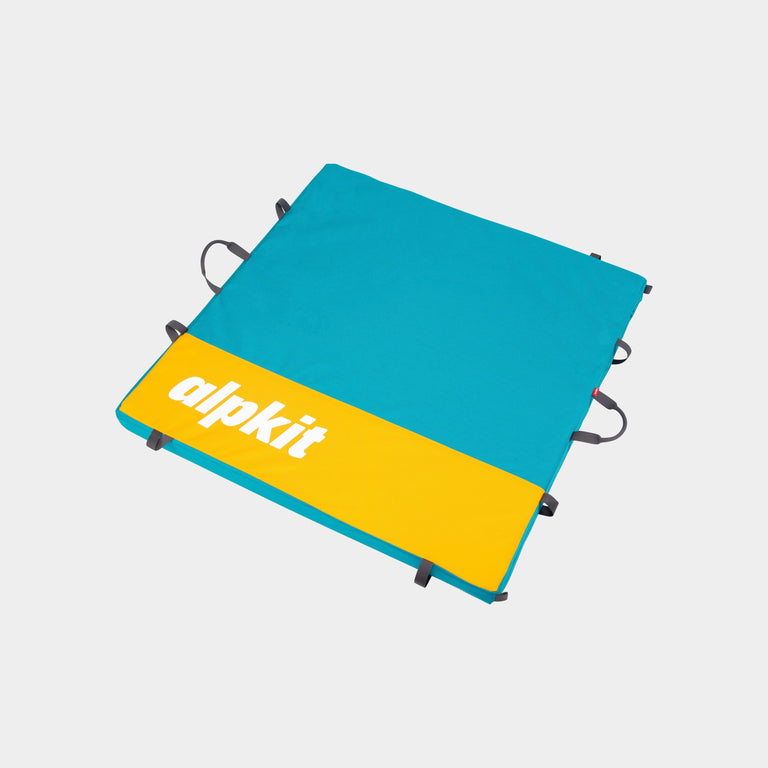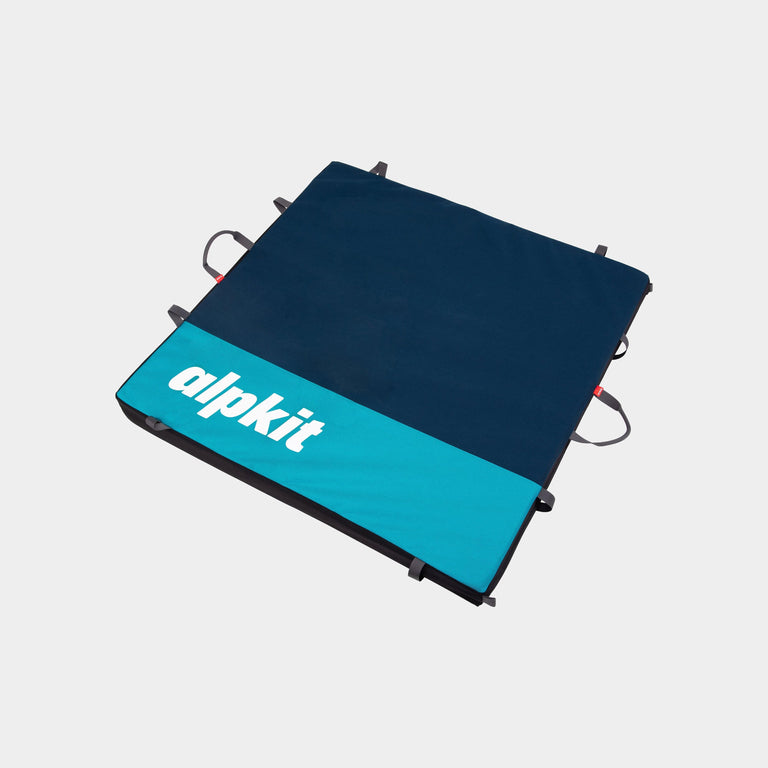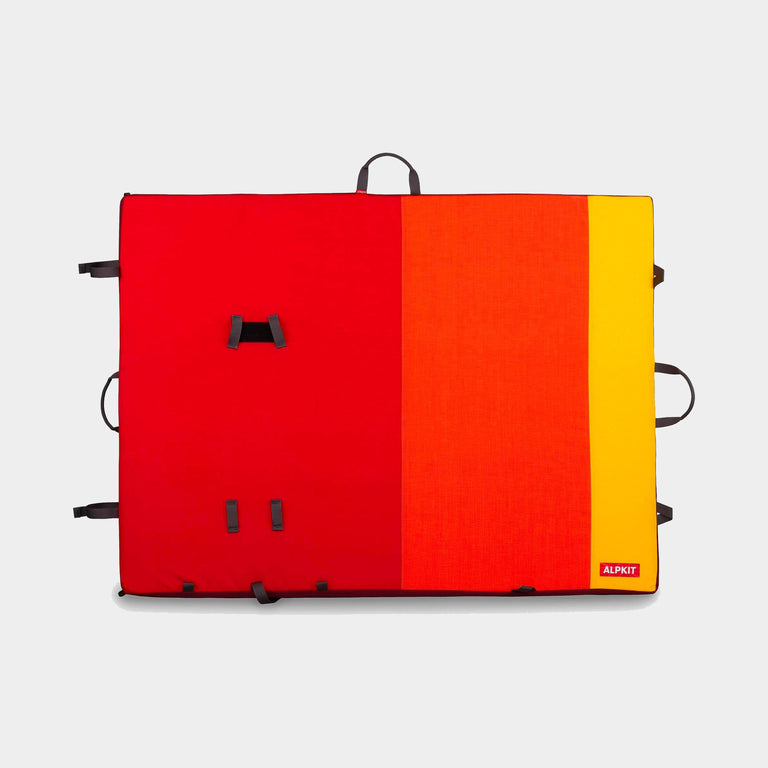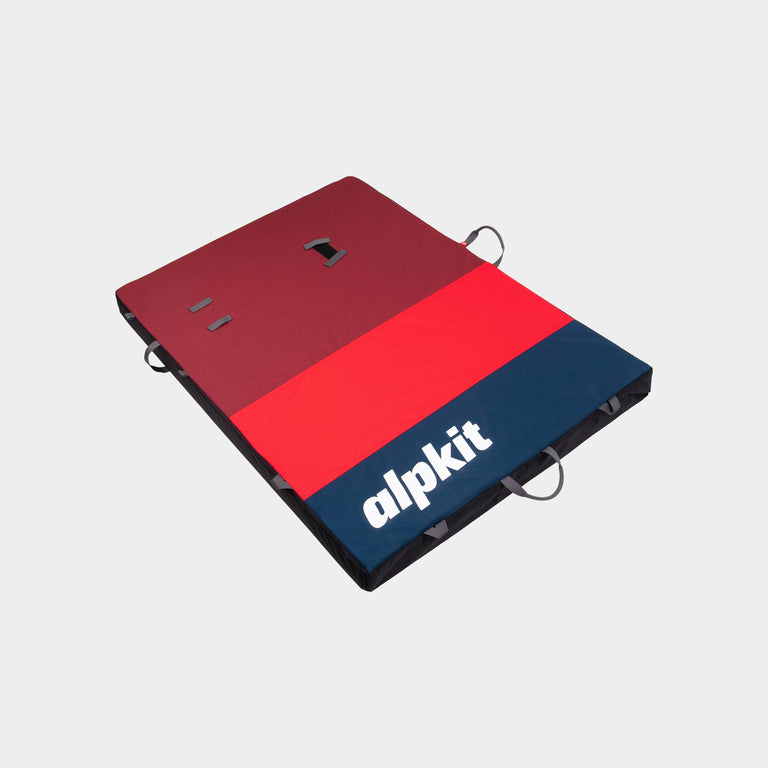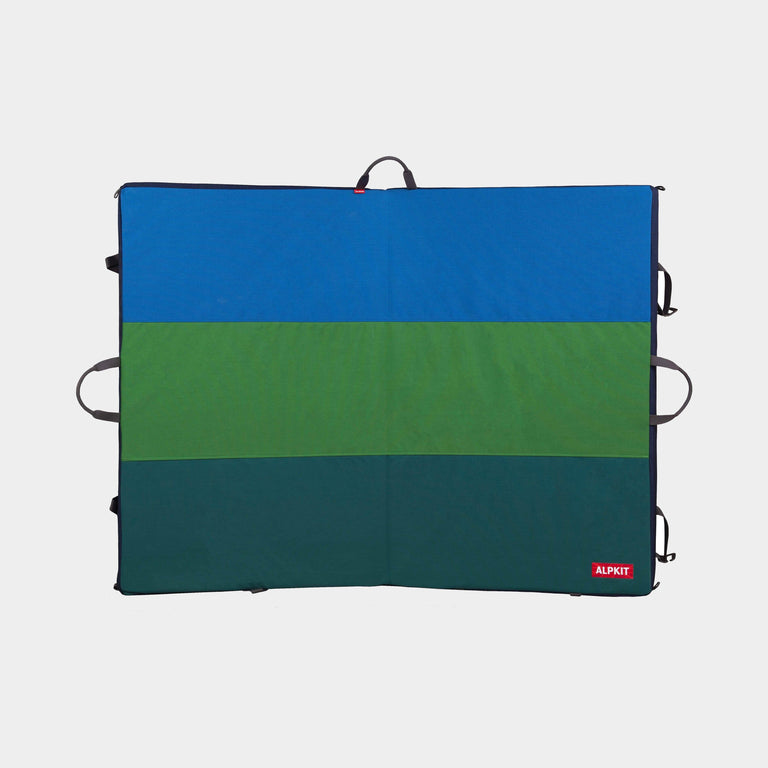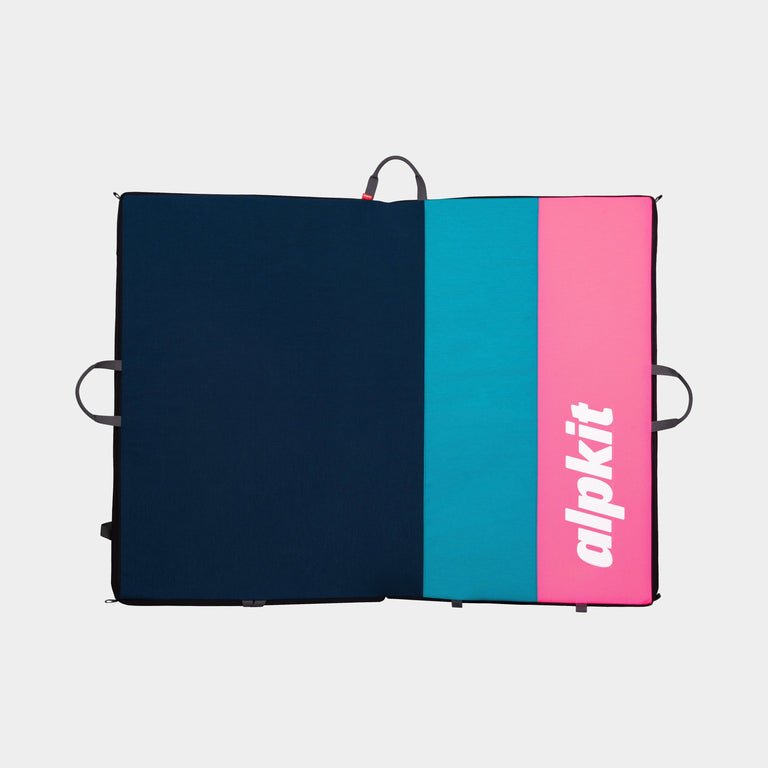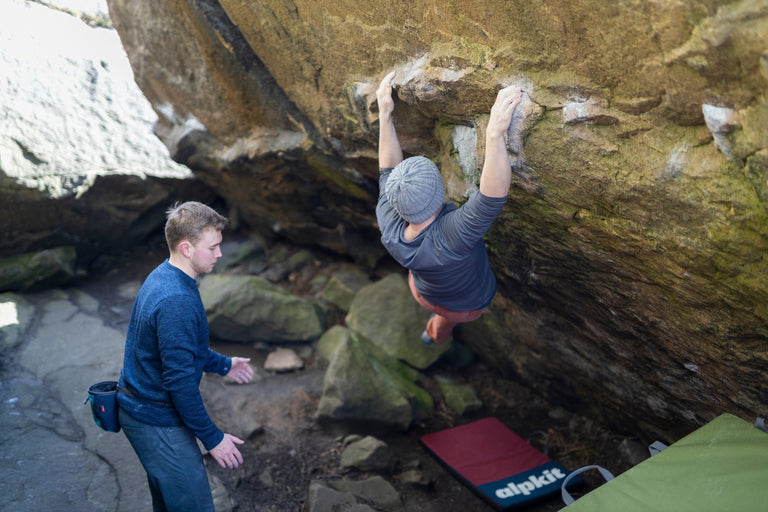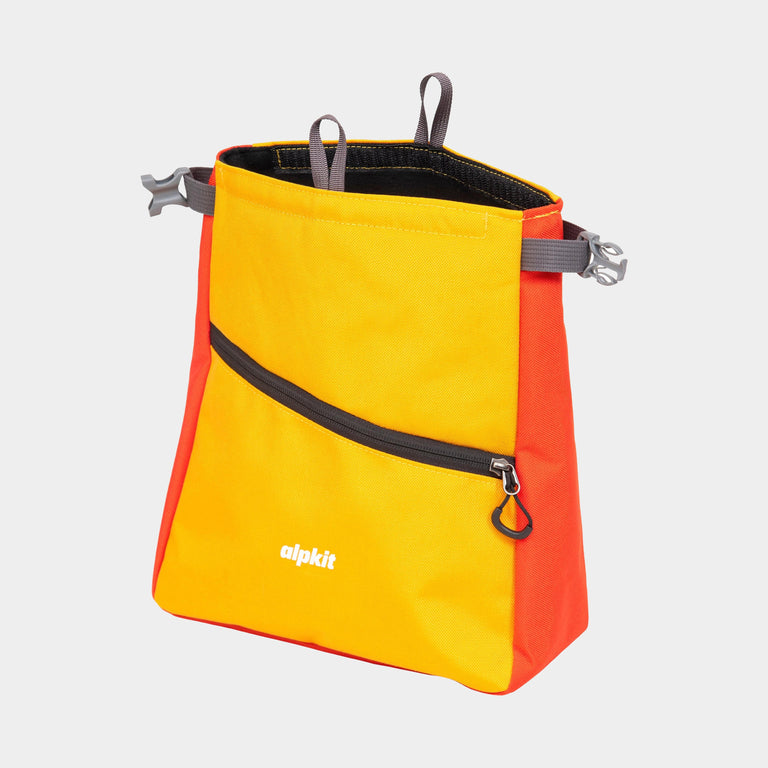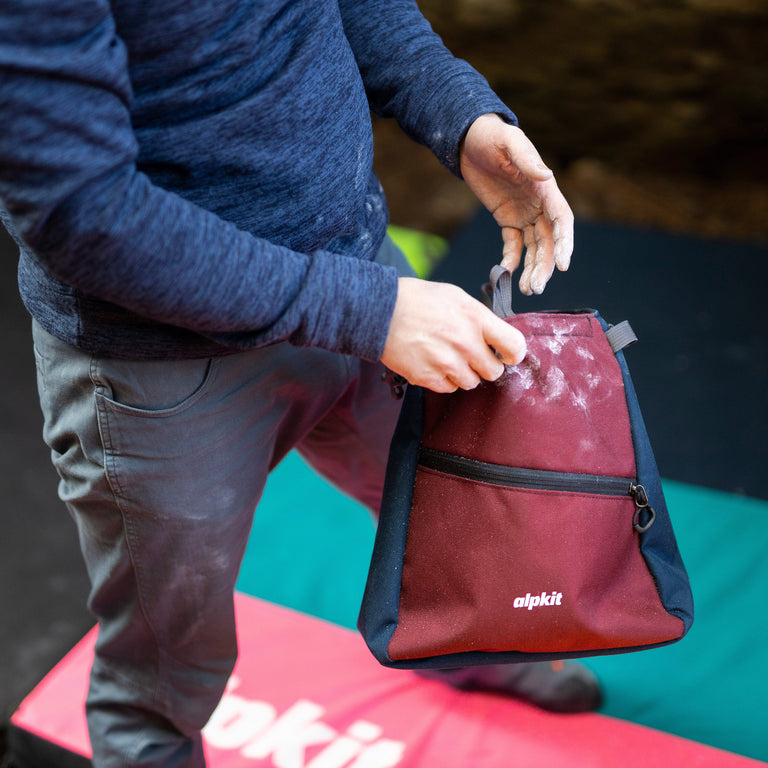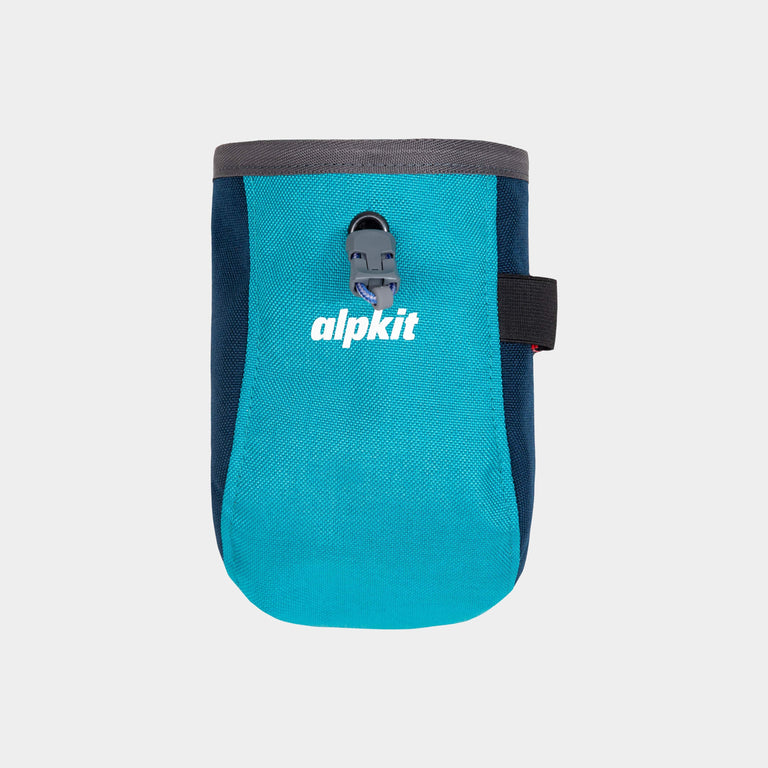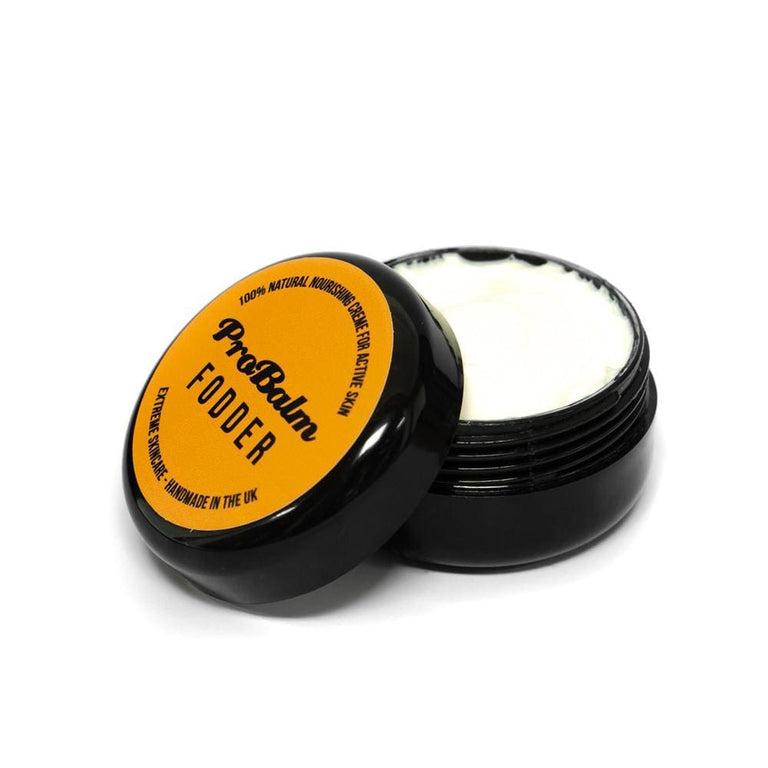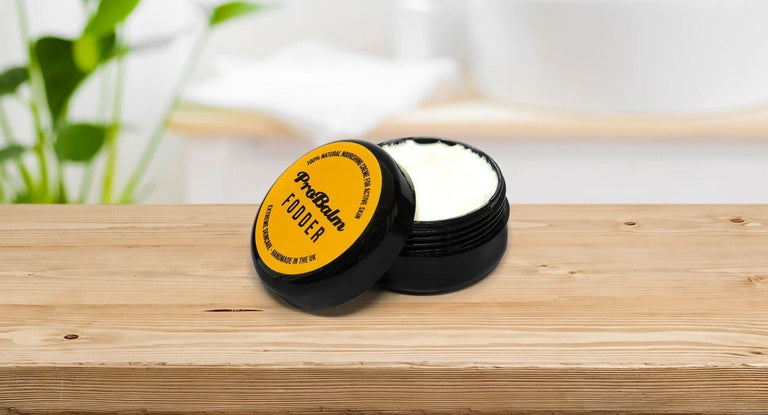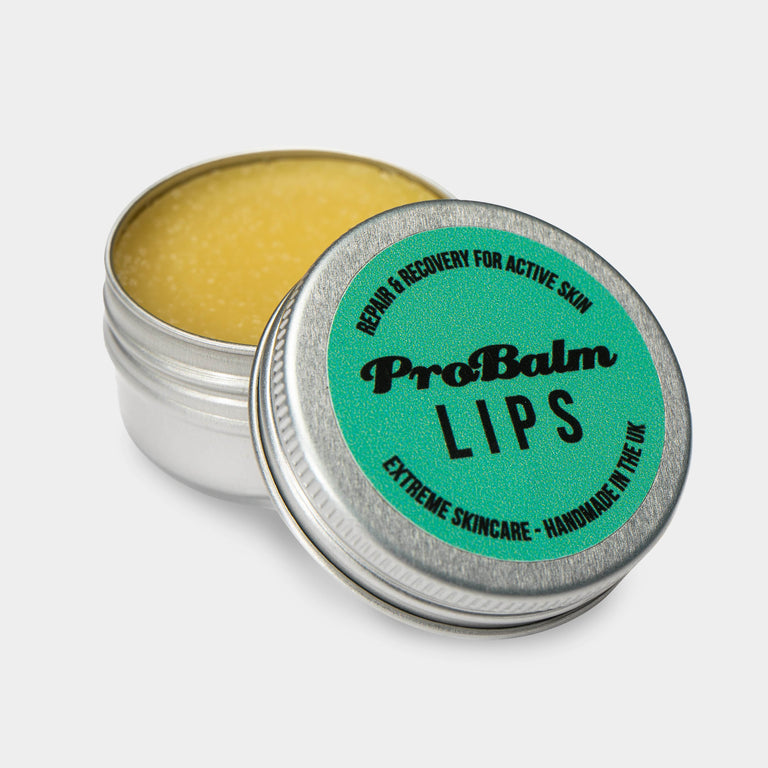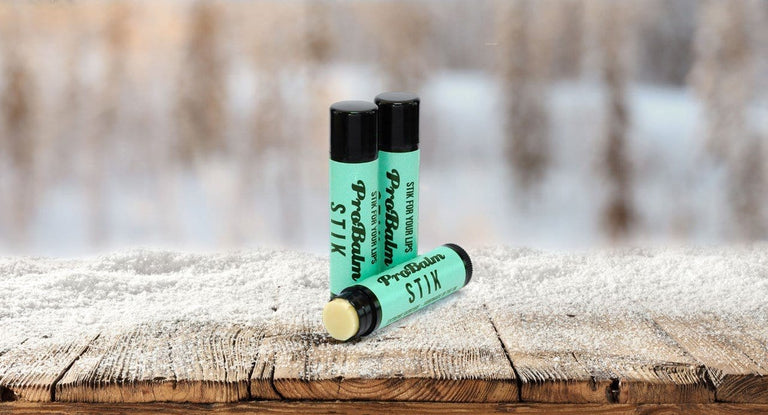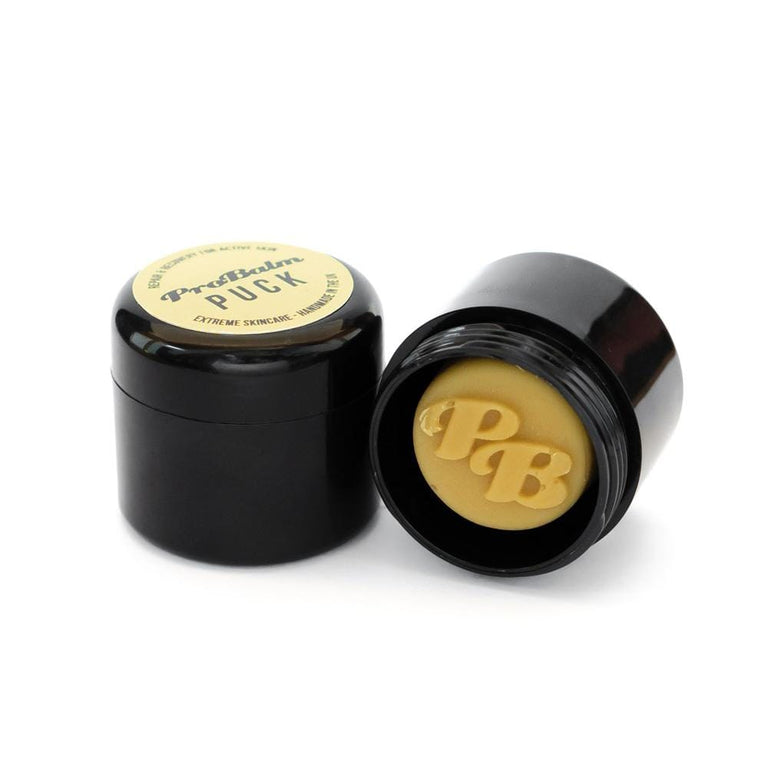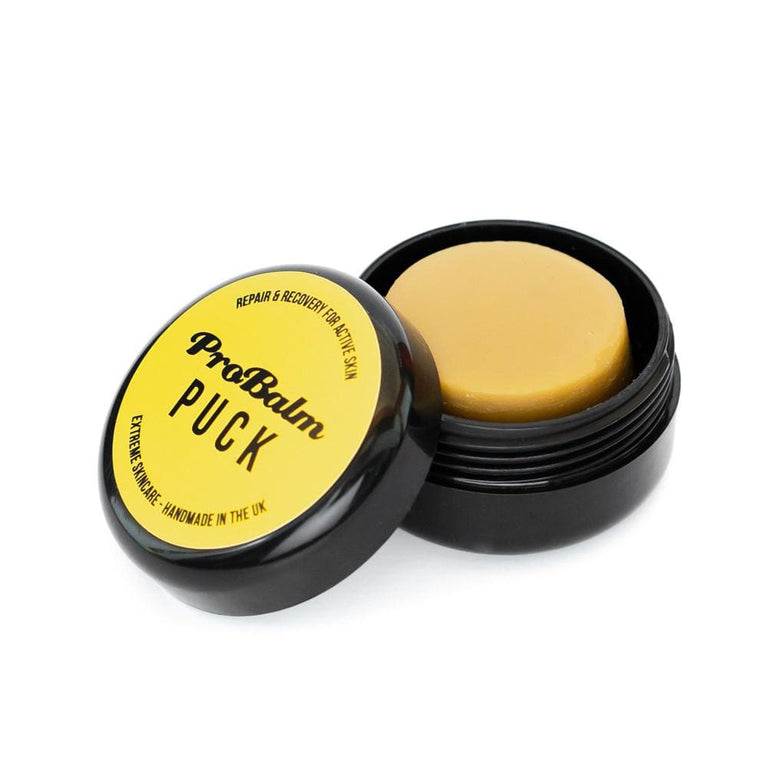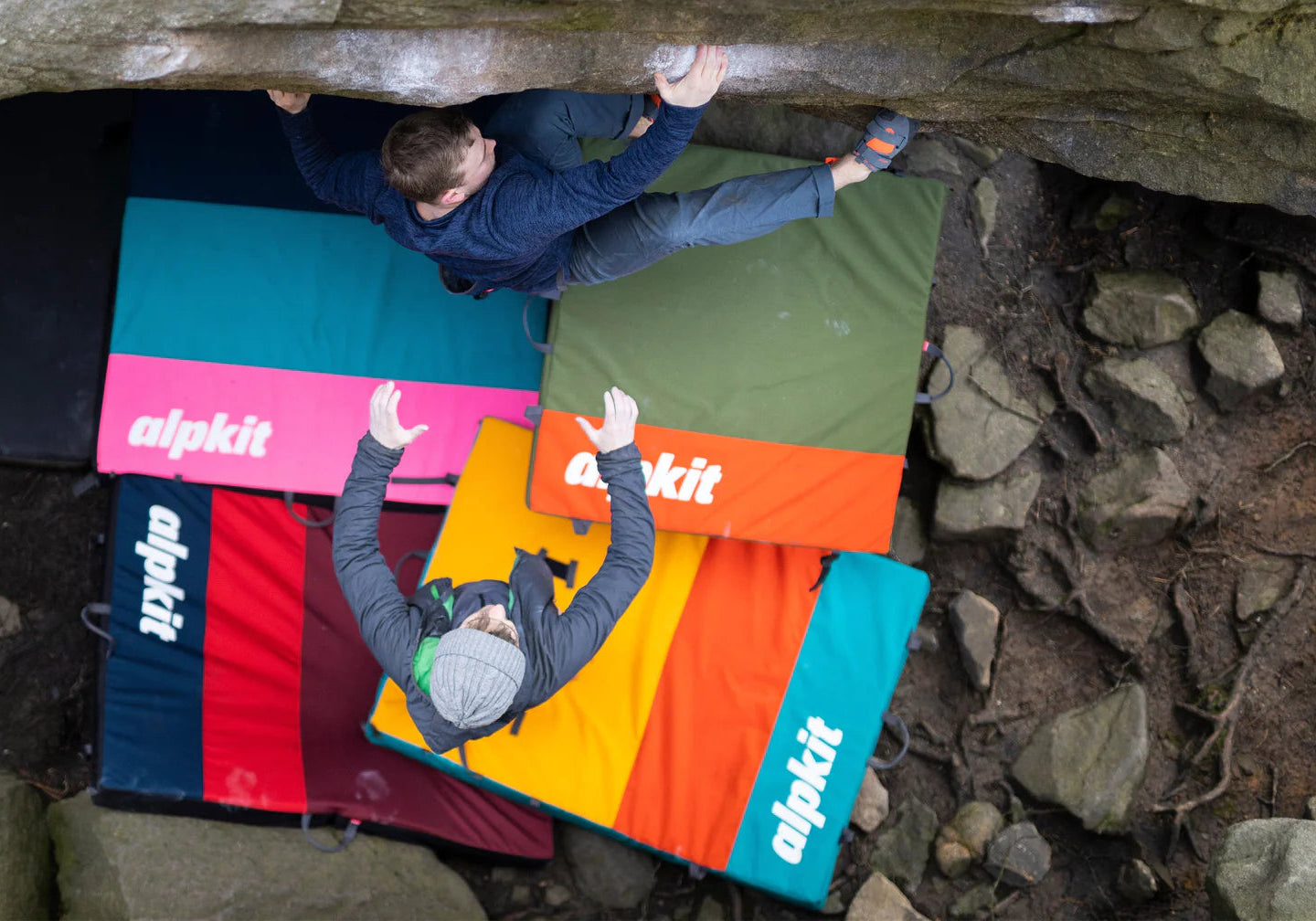
Discover the Alpkit hinged or taco-style bouldering mat, through Alan James's comprehensive review on UKC. Learn about its unique features, protective capabilities, and value for money.
Alan James from UKC has provided an insightful review on two of Alpkit's premium quality bouldering mats.
The Project, designed in a 'Taco-style', presents a larger single foam piece, offering advantages such as no hinge weak points and superior impact distribution across a wider area. While its bulkier nature can be cumbersome for storage and landing in smaller zones, the mat's design shines in terms of its carrying capability, allowing climbers to fit all their gear comfortably inside when folded. Notably, the Project mat has a slightly more expansive surface area than its counterparts, and its unique foam composition makes it somewhat stiffer, offering a robust landing experience.
Alan finds an outstanding feature of the mat is its ability to fit between gaps on uneven terrains, making it particularly suited for gritstone landings. Alan's experience denotes the mat’s landing feel as a perfect compromise between cushioning and sturdiness. Its carrying system is user-friendly, barring windy conditions where its large size acts as a sail. The durable metal buckles on the closing straps are a highlight, ensuring security even though they might need a bit of finesse to unfasten. However, when it comes to storage, Alan suggests not keeping the mat in its folded form due to space constraints.
Alan then shifts focus to the hinged Mujo bouldering mat boasting an ingenious elasticated closure system. This unique feature stretches the mat to accommodate more gear, holding it securely while on the move. Once unfolded, the same cord acts as a stabilizer, ensuring the mat remains firmly open. Although the Mujo is slightly smaller than the Project, it remains spacious at 1.0x1.3m dimensions. Its depth is 9.0cm, consisting of a 60mm open cell foam beneath a 33mm layer of closed cell foam. The combination of these foams provides an excellent cushioning experience; even after substantial falls, the only damage inflicted is to one’s pride.
The Mujo's carrying system employs a double-strap back mechanism, omitting the waist belt found in the Project. Nevertheless, it remains convenient to carry and the strap length can be effortlessly adjusted. Although the initial models had metal clip attachment points, these have now been upgraded to nylon buckles.
Performance-wise, the review does indicate a personal preference for taco-style mats. However, the hinged design of Mujo scores points for its storage convenience, especially in tighter spaces like car trunks. One potential issue with the straight hinge is the slight "dead zone" it might create when landing directly in the middle, but such an event is deemed rare. The mat ensures a reliable landing, thanks to the same 33mm thick closed-cell foam used in the Project. Furthermore, the mat's rounded corners serve a dual purpose: aesthetic appeal and reduced wear by eliminating pointy abrasion spots.
During transit to climbing spots, the mats proved easy to transport. While they can house essential gear like shoes, Alan suggests climbers should exercise caution with smaller items that might slip out. An alternative mentioned is to place a shoulder bag atop the mat to hold additional gear.
In conclusion, UKC find the Alpkit Project emerges as a commendable taco-style mat, offering enhanced protection through its simple yet effective features. Its pricing aligns well with other mats in the market, making it a worthy consideration for climbers.
The Mujo bouldering mat stands out as an exceptional product, especially given its price point. Not only is its foam quality on par with pricier competitors, but its robust 1100d Cordura fabric also showcases remarkable resilience, enduring significant wear and tear while maintaining its appearance.
Read the full bouldering mat review on UKC

